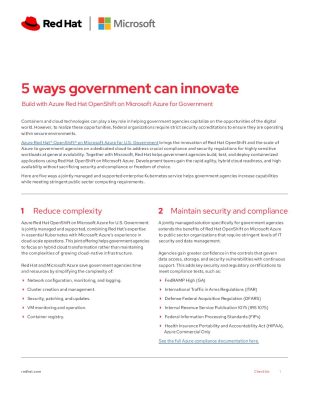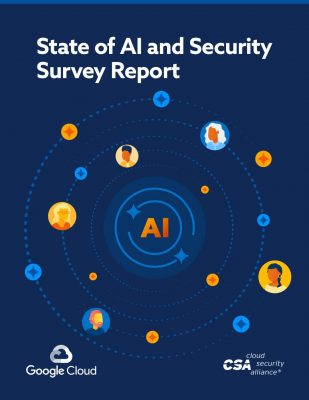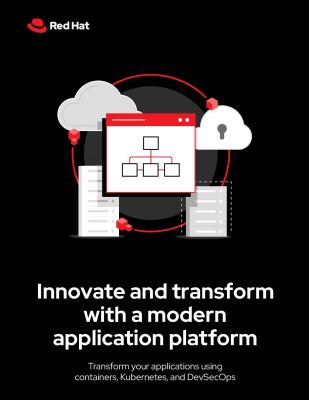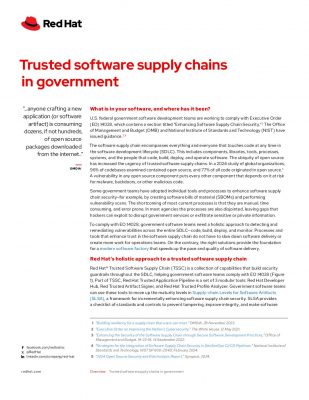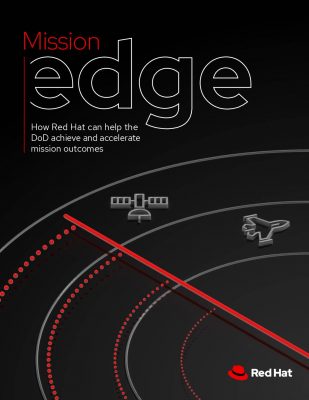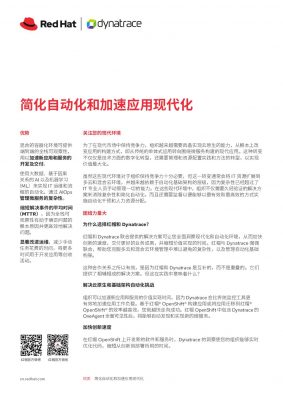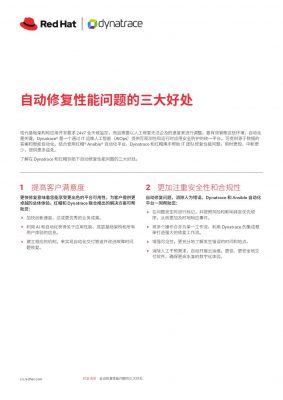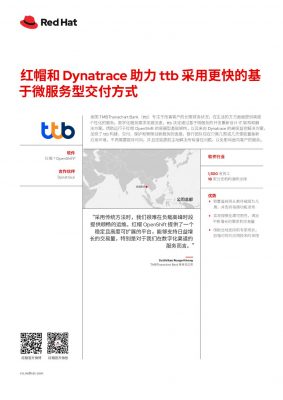From rapidly changing consumer behavior to affecting economies worldwide, the COVID-19 pandemic has created and will continue to develop several challenges, plus multi-sectoral impact on citizens and nations are not hidden from its sight.
The COVID-19 phenomena began in 2020 with a lot of stress, but this year (2021) is slightly different and comes with a ray of hope. With a glimmer of hope, it means the vaccination that came into the picture in 2021. It came with hope for economies worldwide. However, the world of business, which includes several companies, will witness ‘survival of the fittest,’ i.e., those businesses that will transform into digital and adapt to ‘new normal’ will quickly emerge from the COVID-19 crisis and succeed.
To start with, the leading thought of the times, cloud computing will be the basic or staple of leading companies. Take a quick run-through of the past statistics that revealed cloud spending grew by 37% to USD 29 billion in the first quarter of 2020. The technology of cloud computing was one of the robust ways to tide themselves during the COVID-19 challenge.
Following three features of cloud played a vital role during-COVID-19 era.
During COVID-19
With remote workforce
Government worldwide started enforcing orders of lockdown on the population of entire cities, counties, and countries. Due to this, there was a visible spike in video conferencing tools and virtual meeting software within a short period.
It also brought a rise in internet bandwidth globally. In such conditions, cloud computing can handle unexpected spikes in bandwidth usage.
With online backup solutions
In the sectors and industries where data is crucial, management and storage of data can be expensive if on-premises servers are put to use. In these cases, cloud computing can give you backup by giving access to online data backup solutions that are easily scalable.
And the result is visible as people have already started using online services such as Google Drive and Dropbox.
With team collaboration tools
Before the pandemic, it was easy for the teams to come on a central platform and work. It is vital to ensure team engagement and collaboration to meet the end goals. Seeing this, cloud collaboration applications were introduced to improve efficiency and work on productivity. These applications have a simple interface and are easy to handle for everyone in the organization.
Now, this was all about the situation that is taking place during the COVID-era. Let us now learn about how the cloud will help businesses post Covid.
Post-COVID
Increasing preference for OpEx over CapEx
Cost optimization was one of the primary factors before the pandemic. In the present scenario, enterprises and start-ups seek intelligence to implement flexible cost models, particularly in pay-as-you-go services.
Using OpEx as a cost model and cloud as a deployment model, enterprises can get through faster installation, upgrades, and on-demand flexibility. And when given less time for approval in OpEx, businesses can implement frequent product upgrades.
Moreover, cloud systems mean minor maintenance hassles and site visiting. The OpEx model allows looking for cloud hosting services that include uninterrupted networking infrastructure and high-scale security.
Development of native clouds – containerization and serverless computing
To recover from a pandemic hangover, MSPs – Managed Service Providers would want to improve their Customer Experience (CX) quotient while keeping costs in check; it is something that native cloud computing delivers.
Native cloud technologies via containerization empower digital transformation strategies to enterprises across the entire spectrum. Seeing Azure, AWS, and Google Cloud has raised green flags, a minimum of 60% of service providers will offer containerization on public cloud platforms.
On their core side, container management repositories undertake workload between different verticals such as edge, cloud, and on-premise. And there are platforms like Kubernetes (which contribute to reducing complexity) that will gain vital acceptance in 2021–22.
Additionally, serverless computing stood among the top five Platform-as-a-Service (PaaS) cloud services in 2020 and is still a preferred paradigm for multi-cloud developments.
Edge computing will get on the edge
There is no doubt that Edge Computing will become more assertive in 2021. The cloud service providers will experiment with new and fresh business models that work beyond enormous data centers and control of public clouds.
Edge computing helps enterprises in many ways. It improvises accurate time analytics and implements more intelligent decision-making. Seeing the progress of predictive analysis in CRM (Customer Relationship Management) and ERP (Enterprise Resource Planning) verticals, edge computing will captivate a good role in the entire process.
In 2021, you might witness a lot of partnerships between traditional cloud and edge computing service providers. And by 2024, 25% of organizations will see cases that integrate edge data with applications already hosted in the cloud.
What is the next thing that matters apart from the cloud?
During COVID-19, it was found that people with non-technical skills are also gems to be treasured. Companies are looking for self-managed, more independent people who can take responsibility in their teams. With technologies, it has become easy to conduct work from home. It has already been a part of us to work from home but tough for managers who wait for instructions to perform the next task.
The people who need to be treasured are those who have a strong mindset. They should have the ability to take the role and hold a team like a leader. Apart from technical skills, they should understand the client’s requirements and contribute to fulfilling them.
In the COVID era, several companies had to use a VPN connection to access companies’ servers, but many struggled to connect with the physical hardware. Resultantly, they have moved all the files to a cloud-based platform, namely, Google Drive, which gives better efficiency.
Apart from efficiency, there are other benefits like security and storage, which cannot be ignored. The reality is that pandemic has shown the importance of cloud computing, and those who weren’t convinced yet are convinced now.
For the new realities, social distancing, data analytics, and security will be the most significant tasks that an individual needs to perform. To process a more considerable amount of data on remote operations – delivery and production require greater computing power and a larger side of security. Apart from the cloud-based power mentioned above, it also needs artificial intelligence, non-technical skills, and machine learning skills.
You can download our latest whitepapers for more credible information on cloud technology.



